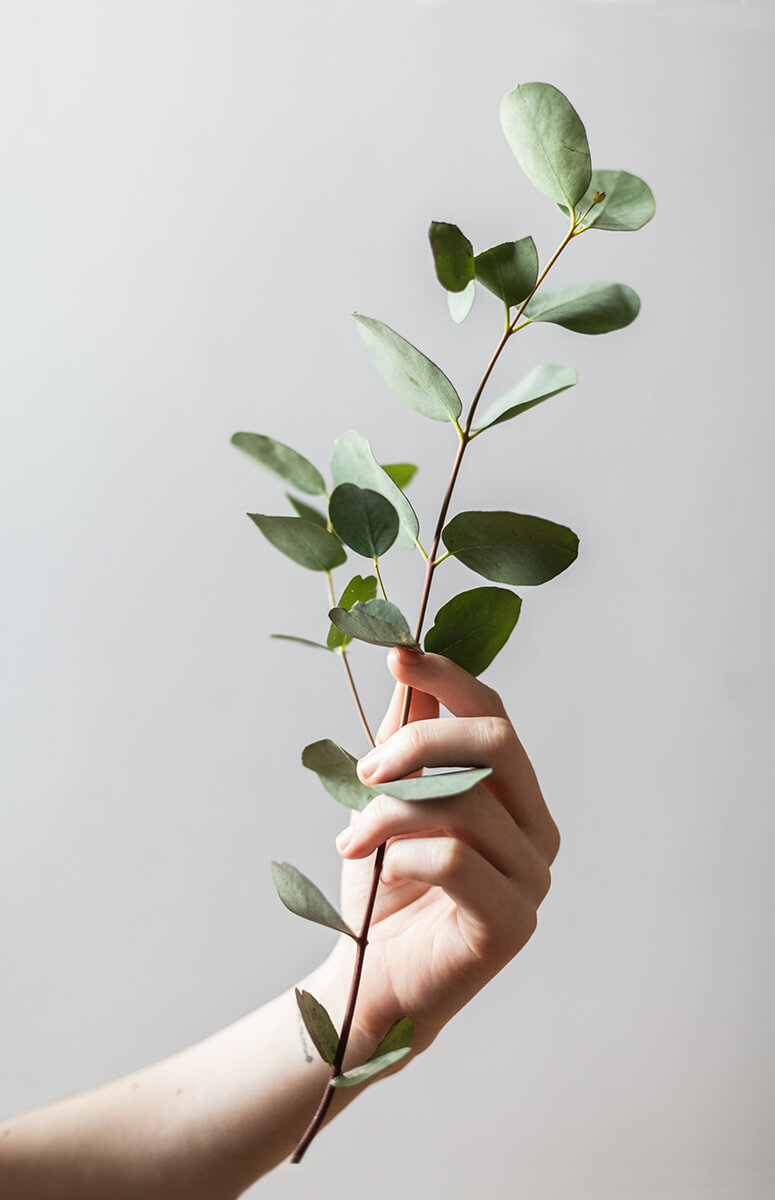4 Flourishing Poems for Plant Lovers
If our Instagram feeds are any indication, it’s clear that plants have blossomed into a trend that’s here to stay. From succulents to snake plants, these green creatures pack beauty, versatility, and popularity. Plant subscriptions and gardening surged during quarantine, partly due to research that suggests foliage can boost mental, emotional, and physical health. Of course, poetry holds similar powers. That may be part of the reason poetry and nature have always forged a connection, spanning a timeline from B.C. voices to the floral-infused metaphors of Jericho Brown’s 2020 Pulitzer winner The Tradition. Here are four poems plucked by Read Poetry specifically for plant lovers.
1. “Bringing in the House-Plants” by Tony Connor
Published in a 1980 issue of Poetry Magazine, Connor’s poem precedes the current houseplant craze, yet captures much of its meaning and momentum. Connor illustrates how caring for plant companions—which he describes as his “wards” and “guests”—awakens our most nurturing instincts, tapping into an innate ability to love. The poem upholds this love as a powerful force that can overcome strife and darkness.
“In the dim / rooms of my house they won’t thrive, / but I’ll give them enough love / to ensure their survival,” Connor vows.
2. “Peace Lilies” by Cathy Smith Bowers
Our cultural tendency to give plants and flowers as shows of sympathy and as housewarming gifts reveals their ability to comfort us, as well as provide a homey presence in new, unsettling situations. In “Peace Lilies,” Bowers sees plants as a reminder of grief, but also a soothing, physical manifestation of connections and relationships that are never truly lost.
“Odd how little / they require of / me. Unlike the / ones they were sent in memory / of,” Bowers writes. “They summon me with nothing / more than a soft, indifferent furling / of their leaves.”
3. “Poem in Which I Transition into a Succulent” by Aeon Ginsberg
The physical changes we see in plants can mirror our own personal growth and transformations. In this poem, published in the emerging online journal Wildness, nonbinary poet Ginsberg weaves together a plant’s transformation with their own. The poem considers “roots” and how we nourish or neglect them—namely, how our actions can best support our true purposes and identities, further empowering them to flourish. Ginsberg argues that these flourishing identities and voices can be perennial, blooming into a bold, defiant statement. Moreover, they insist that growth doesn’t have to be linear or easy to achieve.
“watch me as I create myself again every year, something / that blooms over and over again,” Ginsberg asserts. “. . . Mistake me into a girl / enough and I will become myself green, something with cells / rooting out of me, something that will last well after / your voice leaves you, well after my voice dissipates into / the sun.”
4. “To the Saguaro Cactus Tree in the Desert Rain” by James Wright
One of the many theories behind the recent houseplant boom is that it represents an attempt for humans to reconnect with nature in the midst of an increasingly corporate, technology-driven way of life. Decades before a world without WiFi became nearly impossible to imagine, Pulitzer Prize and Yale Younger Poets Series winner Wright foreshadowed this sense of restlessness and disconnection, yet also presented a way to escape from it. Wright, who grew up in poverty and went on to work in factories, explores humans as a part of nature. The poem upholds a gorgeous, radical insistence that people have inherent beauty and worth.
“I have torn myself out of many bitter places / In America, that seemed / Tall and green-rooted in the mid-noon,” Wright reflects, the poem an act of conversing with the Saguaro tree. “. . . You were the shadow / Of a hallway / In me. / . . . Saguaro, you are not one of the gods. / Your green arms lower and gather me. / I am an elf owl’s shadow, a secret / Member of your family.”
Do you have a favorite plant? Discover what poem embodies its spirit with our list of poetry and houseplant pairings.




